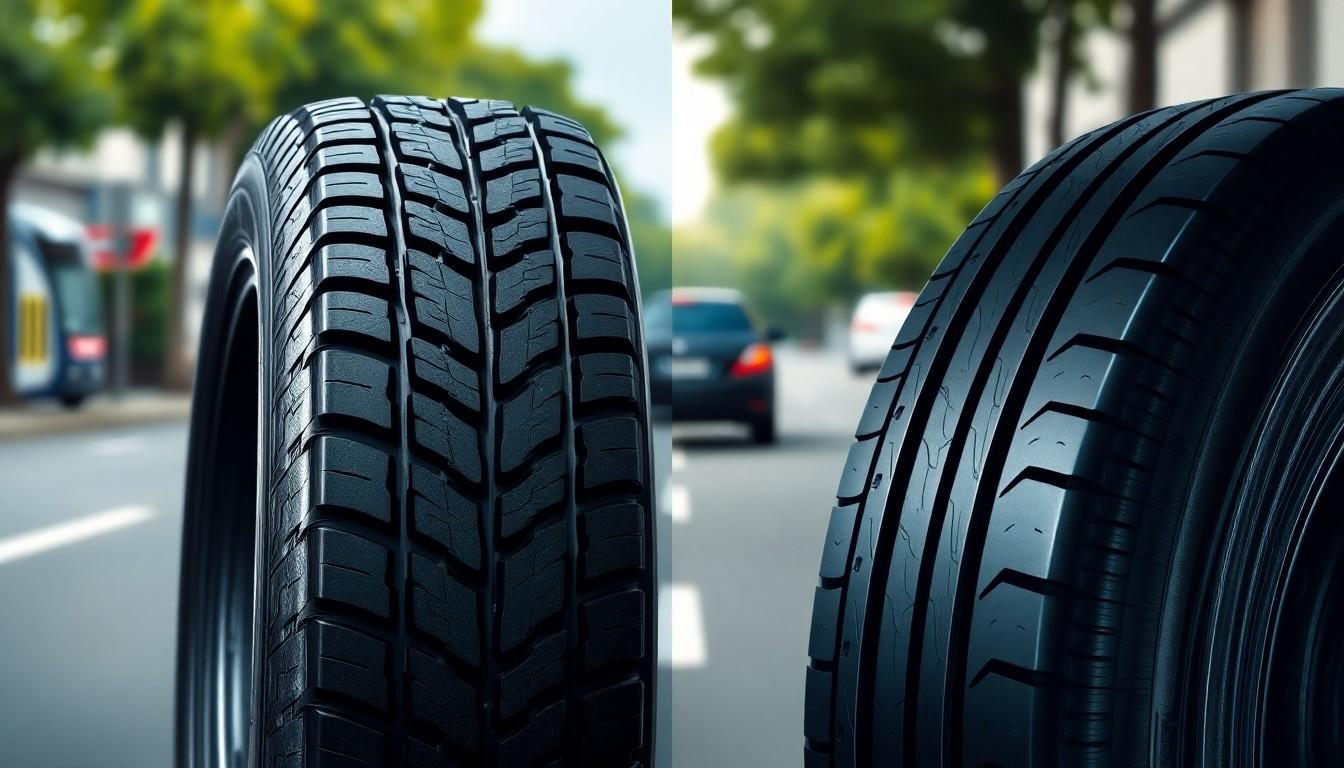When it comes to tire brands, few comparisons spark as much debate as Bridgestone vs Michelin. We’ve noticed that drivers often struggle with choosing between these two tire giants, each boasting impressive reputations for quality and performance.
In our extensive testing and research, we’ve found that both manufacturers offer exceptional products, but they excel in different areas. Bridgestone typically stands out for durability and all-weather performance, while Michelin often edges ahead in comfort and fuel efficiency. We’ll explore these differences in depth to help you make the best choice for your vehicle and driving needs.
Bridgestone vs Michelin: A Comprehensive Tire Comparison
When examining Bridgestone and Michelin tires side by side, several key differences emerge in performance characteristics, pricing structures, and specialized technologies. Both manufacturers consistently rank among the top tire producers globally, yet they’ve developed distinct approaches to tire engineering that cater to different driving priorities.
Performance Characteristics
Bridgestone tires excel in wet traction and handling, offering superior grip on rainy roads and slick surfaces. Their tread patterns typically feature deeper grooves that channel water away effectively, reducing hydroplaning risks. Michelin tires, conversely, demonstrate exceptional dry performance with responsive handling and shorter braking distances on dry pavement. Road noise levels differ noticeably between the brands, with Michelin generally producing quieter rides due to their noise-reducing tread designs and specialized rubber compounds.
Price Comparison
Michelin positions itself in the premium segment with higher average prices across most tire categories. Their touring tires typically cost $15-40 more per tire than comparable Bridgestone models. Bridgestone offers more mid-range price options while maintaining quality standards, making them accessible to cost-conscious consumers. Even though the price difference, Michelin often delivers longer tread life, potentially offsetting the initial investment over time through extended replacement intervals.
Specialized Technologies
Michelin’s EverGrip technology maintains wet traction as tires wear, using expanding rain grooves that become wider with use. Their Silent technology incorporates noise-reducing features like variable pitch tread patterns and Acoustic modification technology. Bridgestone counters with DriveGuard run-flat technology, allowing drivers to continue for up to 50 miles after a puncture at speeds up to 50 mph. Their Ecopia line focuses on fuel efficiency through low rolling resistance compounds that reduce energy loss during driving.
Warranty and Customer Satisfaction
Michelin generally offers longer mileage warranties, with many models carrying 70,000-80,000 mile treadwear guarantees. Customer satisfaction surveys consistently show Michelin scoring higher in comfort categories while Bridgestone earns praise for durability and all-weather performance. Bridgestone’s warranty terms typically include 50,000-70,000 mile coverage depending on the exact model and tire type.
Brand Heritage and Global Presence

Both Bridgestone and Michelin have built impressive legacies in the tire industry, each with unique founding stories and global influence. Understanding their heritage provides valuable context for comparing these tire manufacturing giants and their distinct approaches to innovation and market presence.
Bridgestone’s Journey to Tire Excellence
Bridgestone’s story began in 1931 when Shojiro Ishibashi established the company in Fukuoka, Japan. The name “Bridgestone” cleverly translates Ishibashi’s surname, which means “Stone Bridge” in English. Their first tire rolled off production lines on April 30, 1930, marking the beginning of what would become the industry’s largest tire manufacturing company with approximately $29.539 billion in annual turnover.
Today, Bridgestone dominates the global tire market with an extensive product range extending beyond vehicle tires to automobile parts and sporting goods like golf clubs and tennis rackets. Their technological innovations include run-flat tires allowing vehicles to drive up to 50 miles with a flat tire and tires featuring tiny grooves that enhance grip on wet roads. These developments demonstrate Bridgestone’s commitment to practical answers focused on safety, fuel efficiency, and tread longevity across diverse vehicle types from sedans to commercial trucks.
Michelin’s Legacy of Innovation
Founded in 1889 by brothers Édouard and André Michelin in Clermont-Ferrand, France, Michelin has consistently pioneered revolutionary tire technologies throughout its history. Their innovation journey started with the invention of the removable pneumatic tire in 1891, followed by the groundbreaking radial tire in 1948 that transformed tire performance and safety standards across the industry.
Michelin has established itself as a premium tire manufacturer known for specialized rubber compounds that maintain strength in both hot and cold weather conditions. Their tires feature design elements that deliver longer tread life, reduced noise levels, and exceptional handling particularly in cornering and wet conditions. Products like the Michelin CrossClimates exemplify their innovation philosophy by performing excellently across various weather scenarios. Michelin’s global footprint encompasses a comprehensive range of offerings for vehicles from passenger cars and SUVs to motorcycles and commercial trucks, all unified by their commitment to safety, reliability, and fuel efficiency.
Performance Comparison
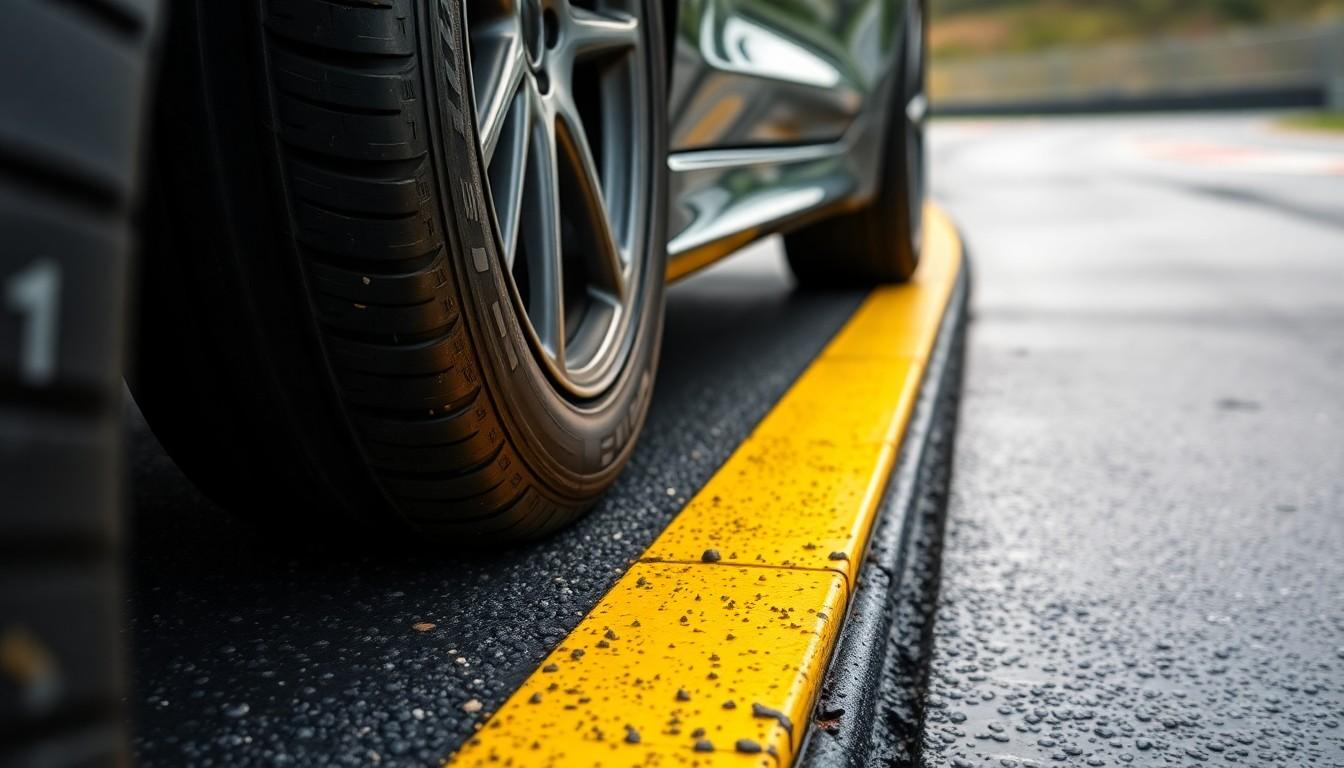
Both Bridgestone and Michelin deliver exceptional performance across various driving conditions, but each brand exhibits distinct strengths in exact scenarios. Understanding these differences helps drivers select the optimal tire for their particular needs and driving environments.
Dry Road Performance
Michelin tires showcase superior responsiveness on dry roads compared to their Bridgestone counterparts. They’re designed to provide excellent grip and precise handling characteristics that enhance the overall driving experience on dry surfaces. Michelin’s engineering prioritizes road feedback and control, creating a more connected feel between the vehicle and road.
Bridgestone tires still offer commendable dry road performance with good traction and control. Their design philosophy focuses on balanced performance, making them reliable for everyday driving conditions. Many drivers find Bridgestone tires deliver consistent results on dry pavement, though they don’t quite match Michelin’s responsiveness in these conditions.
Wet Weather Handling
Both brands excel in wet conditions, making either choice excellent for rainy climates. Michelin tires feature tread patterns specifically engineered to channel water effectively, providing exceptional grip on wet roads. Their compound formulations maintain flexibility and contact patch optimization even when roads are slick with rain.
Bridgestone tires demonstrate impressive wet weather performance with excellent hydroplaning resistance. Their tread designs incorporate effective water evacuation channels, ensuring reliable handling during downpours. Drivers report confidence-inspiring stability with Bridgestone tires in wet conditions, making them a dependable option for regions with frequent rainfall.
Winter and Snow Traction
Michelin holds a slight advantage in winter driving scenarios with higher ratings across several cold-weather metrics. Their winter tires earned an impressive 8.8 overall winter rating, 9.2 for light snow performance, and 8.5 for ice traction. These ratings reflect Michelin’s investment in winter-exact compounds and tread designs that maintain flexibility in freezing temperatures.
Bridgestone performs admirably in winter conditions with competitive ratings of 8.7 overall, 9.1 for light snow, and 8.3 for ice traction. Their winter lineup incorporates technologies that enhance grip on slippery surfaces, though they fall slightly behind Michelin in extreme winter conditions. Cold-weather drivers in particularly harsh climates might benefit from Michelin’s marginal performance edge, while Bridgestone remains a strong contender for moderate winter regions.
Durability and Longevity
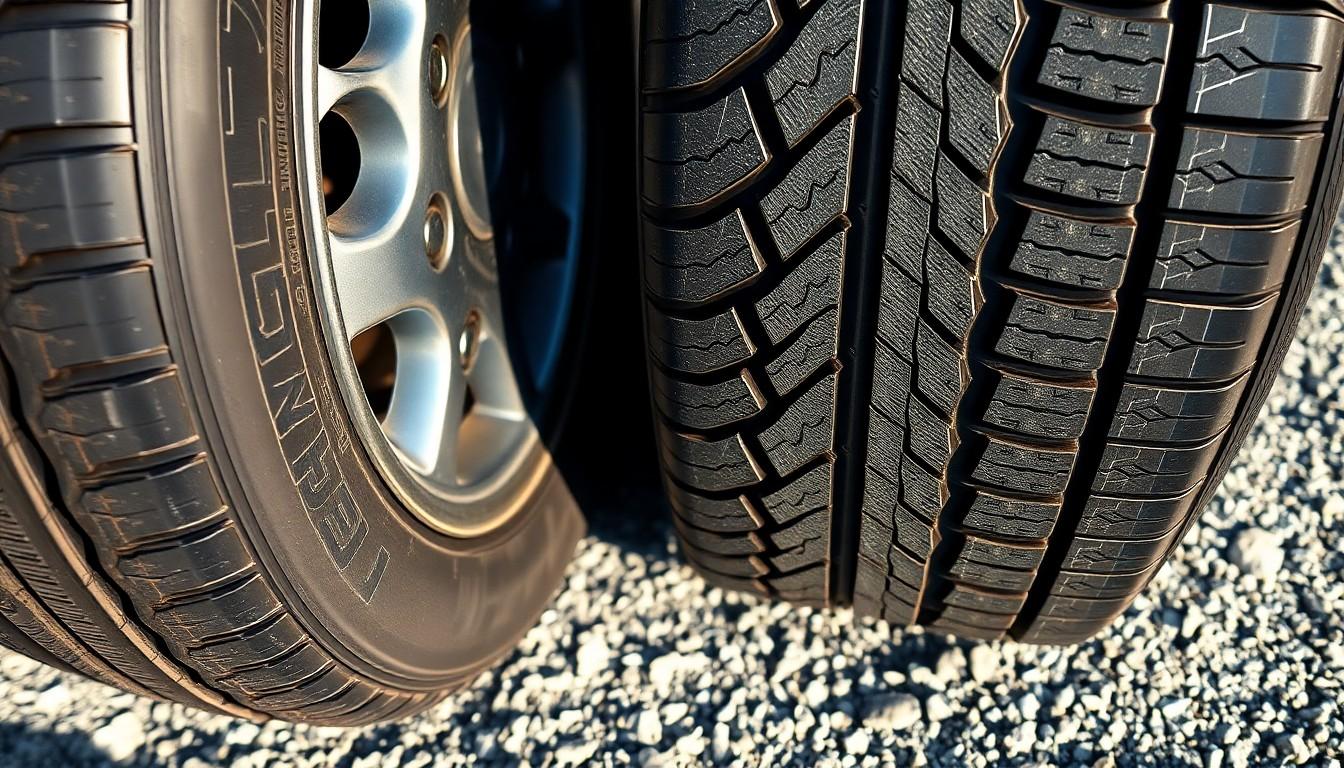
When comparing Bridgestone and Michelin tires, durability and longevity emerge as crucial factors that impact overall value. Both manufacturers have established reputations for creating durable products, though they differ in key performance aspects.
Michelin tires consistently demonstrate superior longevity across various tire categories. Their advanced construction techniques and premium materials contribute to exceptional resistance against wear and tear, even in challenging road conditions. These tires maintain their structural integrity longer, providing reliable performance throughout their extended lifespan.
Bridgestone offers impressive durability with tires engineered to handle diverse road surfaces and weather conditions. Their products feature robust construction that stands up well to daily use, though they typically don’t match Michelin’s outstanding longevity in comparable categories. Bridgestone focuses on creating versatile tires that balance durability with other performance attributes.
Tread Life Expectations
Michelin’s tread life significantly outperforms most competitors, including Bridgestone. Their proprietary rubber compounds and tread designs resist premature wearing, maintaining effective grip and performance for thousands of additional miles. The Michelin CrossClimate 2, for example, delivers noticeably longer tread life compared to Bridgestone’s WeatherPeak model.
Tread patterns on Michelin tires wear more evenly across the contact surface, extending their useful lifespan and maintaining consistent performance characteristics. This even-wear technology translates to fewer replacements over time, offsetting their higher initial purchase price.
Bridgestone provides respectable tread life that satisfies most drivers’ expectations. Their tires incorporate wear-resistant compounds that deliver reliable performance through their expected lifespan. Certain specialized Bridgestone models emphasize extended tread life, though their mainstream offerings typically don’t reach the exceptional longevity standards set by comparable Michelin products.
Warranty Coverage
Both manufacturers back their products with comprehensive warranty programs that reflect their confidence in tire durability. Michelin typically offers superior coverage with warranties extending up to 80,000 miles or more on select models. Their satisfaction guarantee provides additional consumer protection, allowing drivers to return tires within a specified period if they’re not completely satisfied with the performance.
Michelin’s material and workmanship warranties cover manufacturing defects throughout the usable tread life, demonstrating their commitment to quality construction. These extensive warranties align with their premium market positioning and higher price points.
Bridgestone warranty programs provide solid protection with mileage guarantees ranging from 60,000 to 80,000 miles depending on the exact tire model. Their workmanship and materials warranties protect against manufacturing defects similar to Michelin’s coverage. Bridgestone’s warranty terms reflect their focus on delivering reliable products at more accessible price points than their French competitor.
Price Point Analysis
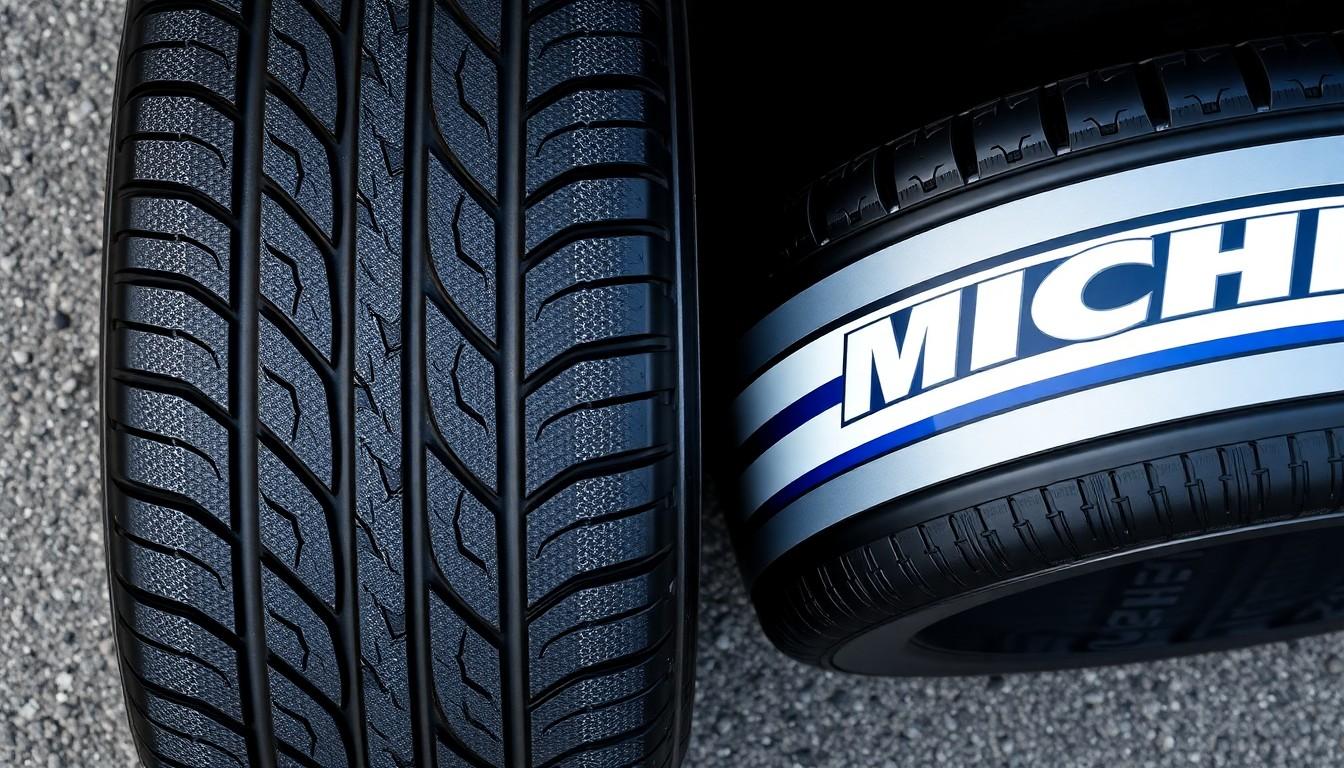
Price Range
Michelin tires typically command higher prices in the market, with costs ranging from $145 to $875 per tire. Bridgestone offers more budget-friendly options, with some models starting at just $89.26 while premium variants still reach several hundred dollars. The price gap between these manufacturers reflects their market positioning, with Michelin firmly established in the premium segment and Bridgestone offering a broader range of price points.
Model-Exact Pricing
Exact model pricing clearly illustrates the cost differences between these brands. Michelin’s performance-oriented Pilot Sport 4S starts at $232.99 per tire, while their luxury-focused Primacy MXM4 begins at $213.89. Bridgestone’s comparable offerings include the Turanza LS100, priced between $159.76 and $196.99, and the premium Alenza 001, which ranges from $212.02 to $327.72. Budget-conscious drivers might appreciate Bridgestone’s Ecopia EP422 Plus, available from $77.90 to $144.00, representing important savings compared to Michelin’s entry-level options.
Payment Options
Financial flexibility differs between the brands, with Michelin offering attractive financing plans for those unwilling to pay the full price upfront. Customers can finance a complete set of four Michelin Primacy MXM4 tires for approximately $5.02 per week, while the sportier Pilot Sport 4S set costs about $5.47 weekly. These payment plans make Michelin’s premium offerings more accessible to consumers who prioritize quality but need payment flexibility.
Value Proposition
The higher cost of Michelin tires often corresponds with their wider range of specialized functional tires, potentially justifying the premium price point for many drivers. Both manufacturers position their products at the higher end of the market spectrum, reflecting their commitment to quality, innovation, and performance. Longevity factors heavily into the actual value equation—Michelin’s typically longer tread life can offset their higher initial purchase price through extended service intervals, potentially equalizing the lifetime cost compared to less expensive Bridgestone models.
Popular Tire Models Face-Off

Looking at exact tire models reveals the true differences between these tire giants. Each brand’s popular offerings showcase their unique engineering approaches and specialized technologies that set them apart in various categories.
All-Season Options
Bridgestone’s all-season tires provide exceptional durability and versatility across varying weather conditions. Their models deliver a notably comfortable, quiet ride while maintaining superior grip regardless of season. Drivers appreciate Bridgestone’s balanced approach to all-season performance, with tires that transition seamlessly between hot summers and mild winters.
Michelin’s all-season lineup stands out for impressive longevity and remarkable fuel efficiency. These tires excel with outstanding grip performance on both wet and dry surfaces, making them top contenders in the all-weather category. Extreme weather fluctuations pose little challenge for Michelin’s advanced tread compounds and patterns, which maintain consistent performance throughout temperature changes.
Performance Tires
Bridgestone performance tires deliver reliable handling across all weather conditions with exceptional overall performance characteristics. Their performance models showcase excellent grip and responsive handling, particularly in challenging driving scenarios. Many drivers find Bridgestone offers a compelling value proposition in the performance category, though they may not match Michelin’s responsiveness on completely dry roads.
Michelin dominates the performance tire segment with exceptional dry and wet grip capabilities that impress even the most demanding drivers. Their responsive handling creates a more connected driving experience, allowing for precise control during aggressive maneuvers. Superior cornering grip distinguishes Michelin performance tires, providing smoother handling transitions across varied road surfaces and driving conditions.
Truck and SUV Selections
Bridgestone truck tires combine versatility with impressive durability to handle diverse driving environments. Highway comfort doesn’t come at the expense of off-road capability, as these tires maintain performance across extreme terrain types. Bridgestone’s SUV tire options focus on longevity while delivering superior comfort and consistent control throughout all seasons, making them practical choices for daily drivers.
Michelin truck tires feature robust construction designed to tackle extreme terrain while maintaining highway comfort. Their long-lasting performance characteristics appeal to drivers seeking reliability in both rainy and dry conditions. Michelin’s SUV tire selections prioritize extended tread life without sacrificing grip quality in varying weather conditions, providing an exceptionally comfortable ride experience that justifies their premium pricing position in the market.
Environmental Initiatives and Sustainability
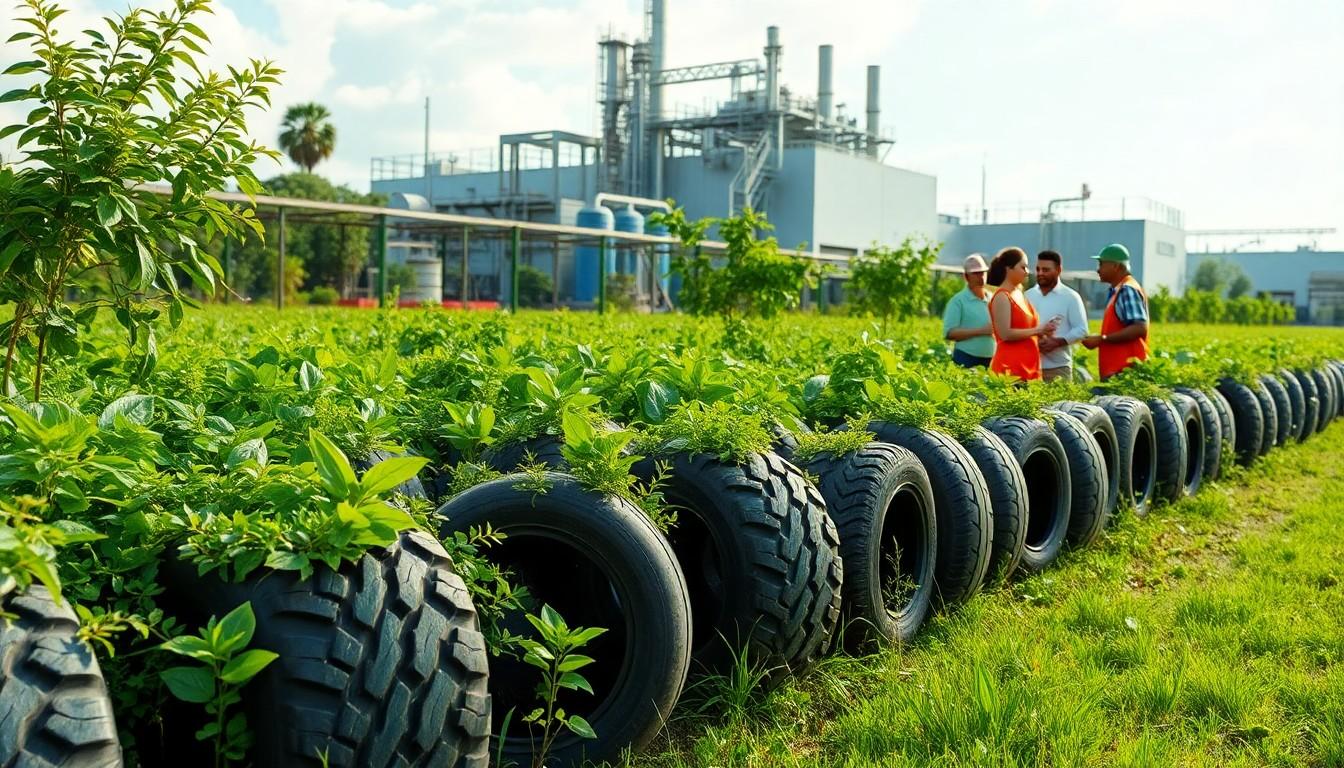
Both Bridgestone and Michelin demonstrate strong commitments to environmental responsibility through comprehensive sustainability programs. Their initiatives focus on reducing environmental impact while creating more sustainable tire manufacturing processes and products.
Michelin’s Green Approach
Michelin leads with ambitious sustainability targets, aiming to produce 40% of their tires from renewable and recycled materials by 2030, eventually reaching 100% by 2050. Their 6,000-strong global R&D team continuously develops greener tire technologies that incorporate natural, recycled, and bio-sourced materials. The company places important emphasis on converting End-of-Life Tires into reusable materials, particularly recovered carbon black (rCB), which forms a cornerstone of their long-term environmental strategy.
Bridgestone’s Eco-Friendly Initiatives
Bridgestone prioritizes environmental stewardship through eco-friendly manufacturing processes and comprehensive tire recycling programs. The company actively minimizes its environmental footprint across operations while maintaining high-quality standards. Their sustainability vision centers on transitioning from a linear to a circular value chain, requiring fundamental shifts in operational mindsets and increased adaptability throughout their business model.
Collaborative Sustainability Efforts
Michelin and Bridgestone have joined forces to accelerate sustainability in the tire industry, publishing a joint white paper on the increased use of recovered carbon black. This unprecedented collaboration between competitors demonstrates their shared commitment to solving tire waste challenges. Together, they’re working toward the ambitious goal of producing tires made from 100% sustainable materials by 2050. Their partnership represents a important step toward creating a more sustainable and circular tire economy that benefits consumers and the environment alike.
Conclusion
Both Bridgestone and Michelin have earned their places as tire industry leaders through distinct approaches to quality and innovation. After weighing all factors we’ve explored the choice eventually depends on your exact driving needs and budget constraints.
Michelin edges ahead in longevity comfort and dry performance with superior warranties justifying their premium pricing. Bridgestone offers excellent all-weather capability durability and more budget-friendly options without significantly compromising quality.
When selecting between these tire giants consider your driving conditions typical mileage and how much you’re willing to invest. For premium performance and lifespan Michelin is worth the extra cost. If you need reliable performance at a more accessible price point Bridgestone delivers exceptional value.
Frequently Asked Questions
Which brand offers better performance in wet conditions: Bridgestone or Michelin?
Both brands excel in wet conditions, but they have different strengths. Bridgestone tires offer superior wet traction and impressive hydroplaning resistance, making them excellent for rainy conditions. Michelin tires feature advanced tread patterns engineered for effective water channeling. Your choice depends on your specific driving environment, but both brands provide reliable wet-weather performance.
Are Michelin tires worth their higher price compared to Bridgestone?
Michelin’s higher price often reflects their longer tread life, superior comfort, and fuel efficiency. They typically offer better warranties (up to 80,000 miles) and demonstrate exceptional longevity due to premium materials and construction techniques. If long-term value and refined performance matter more than initial cost, Michelin’s premium pricing can be justified for many drivers.
Which brand has better winter or snow performance?
Michelin holds a slight advantage in winter driving conditions with higher ratings for cold-weather performance. Their specialized winter tires feature technologies specifically designed for snow and ice traction. Bridgestone offers strong winter tire options as well, particularly suitable for moderate winter conditions. Both brands produce dedicated winter lines, but Michelin typically receives higher marks from winter testing.
What’s the typical price difference between Bridgestone and Michelin tires?
Michelin tires generally command higher prices, ranging from $145 to $875 per tire, positioning them in the premium segment. Bridgestone offers more mid-range options, with prices starting at $89.26. For comparable models, expect to pay approximately 15-30% more for Michelin. For example, Michelin’s performance Pilot Sport 4S starts at $232.99, while Bridgestone’s comparable Turanza LS100 costs between $159.76 and $196.99.
Which brand offers better fuel efficiency?
Michelin generally excels in fuel efficiency with specialized technologies designed to reduce rolling resistance. Their Energy Saver line is particularly notable for fuel economy benefits. Bridgestone counters with their Ecopia line, which also focuses on fuel efficiency but typically doesn’t match Michelin’s performance in this area. Independent tests consistently show Michelin tires providing slightly better fuel economy in most vehicle applications.
How do the warranties compare between Michelin and Bridgestone?
Michelin offers more generous warranty coverage, with guarantees extending up to 80,000 miles or more on select models. Bridgestone warranties typically range from 60,000 to 80,000 miles, providing solid protection but generally not matching Michelin’s coverage length. Both manufacturers offer road hazard protection on certain models, but Michelin’s overall warranty packages tend to be more comprehensive.
Which brand is better for comfort and noise levels?
Michelin tires are widely recognized for providing superior comfort and quieter rides. Their Silent technology specifically addresses road noise reduction. Customer satisfaction surveys consistently rank Michelin higher for comfort compared to Bridgestone. While Bridgestone tires offer good comfort levels, particularly in their touring lines, they typically don’t match the refined, quiet ride quality that Michelin has become known for.
Are Bridgestone tires more durable than Michelin?
While Bridgestone is praised for durability and all-weather performance, Michelin tires typically demonstrate superior longevity. Michelin’s proprietary rubber compounds and construction techniques resist premature wear, often resulting in longer-lasting performance. Bridgestone offers impressive durability, especially in challenging conditions, but independent tests generally show Michelin edges ahead in overall tread life.
Which brand has better environmental initiatives?
Both brands have strong environmental commitments. Michelin aims to produce 40% of its tires from renewable and recycled materials by 2030 (100% by 2050) and emphasizes End-of-Life Tire recycling. Bridgestone focuses on eco-friendly manufacturing and transitioning to a circular value chain. They’ve even collaborated on a joint white paper promoting recovered carbon black use, demonstrating both companies’ serious commitment to sustainability.
Which brand should I choose for high-performance sports cars?
For high-performance applications, Michelin generally holds the edge, particularly with their Pilot Sport series offering exceptional grip and responsive handling on dry roads. These tires are often original equipment on premium sports cars for good reason. Bridgestone’s Potenza line provides reliable performance at a more accessible price point. For track days and spirited driving, Michelin’s performance-oriented tires typically receive higher ratings from enthusiasts.

